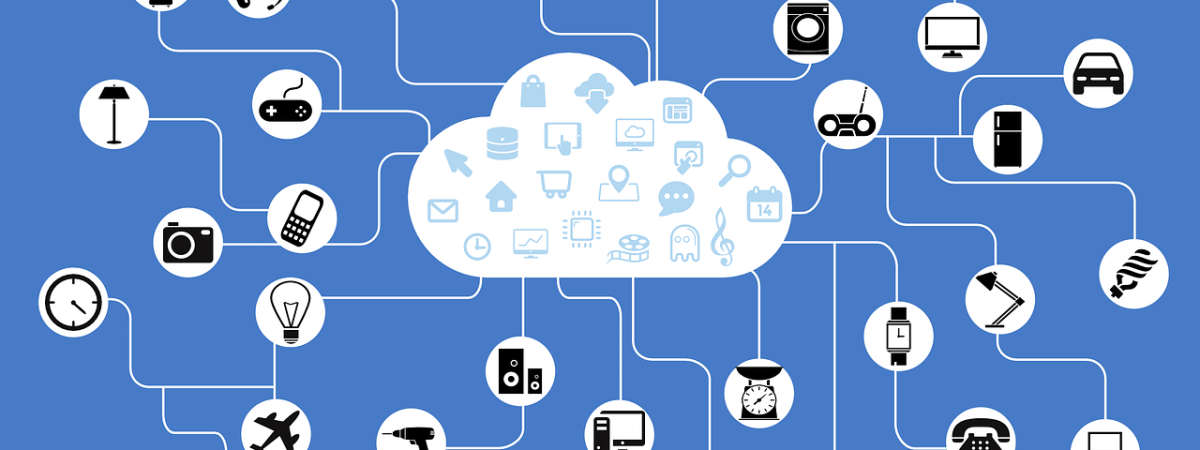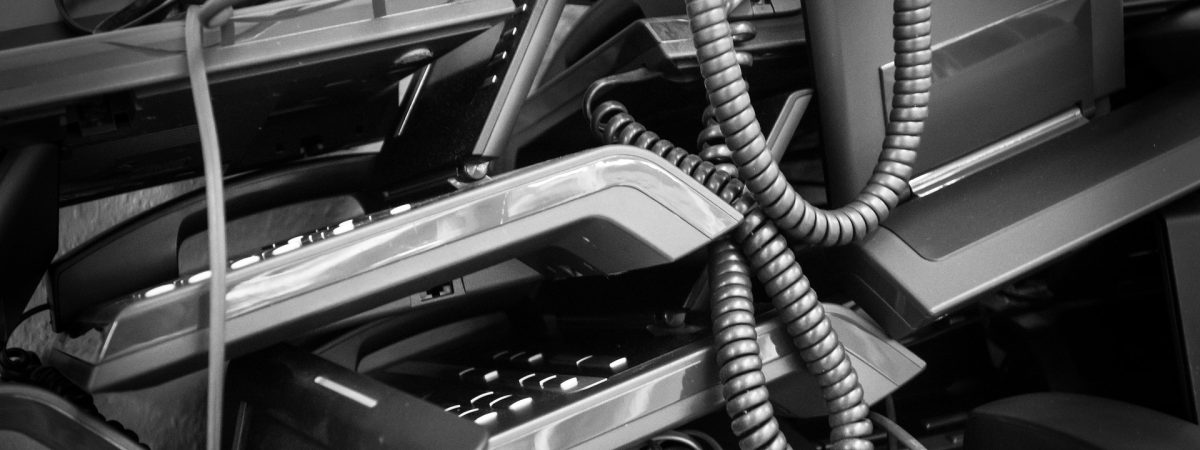
Engaging Customers During a Pandemic
Uncertain times are challenging. As the economy plunges into recession, analysts across the world have been using market-based data to track the effects of the coronavirus pandemic on the various pieces that make the economy tick, sorting which have stabilized and which continue to struggle.
The Johnson Redbook Index measures the growth in U.S retail sales. For the fifth straight week, Johnson Redbook’s weekly measure of retail sales exceeded year-ago levels — suggesting that consumer spending may be a lot more durable than originally thought despite declining financial support from the government.
Of course, the face of retail has shifted dramatically to comply with the restrictions and mandates put forth to keep us healthy, and many businesses are struggling with the marketing required to keep up with the changes. Here are a couple things to consider in terms of marketing your business in the new normal:
Make Use of Your Valuable Storefront
If your shop or restaurant just has a small note on the door that reads “Sorry — we are currently closed due to the pandemic,” you’re missing a big marketing opportunity. While there may be less traffic downtown, there are still plenty of people walking the streets.
Provide ways for people to engage with your business — whether that’s directions to follow your social media accounts, an email to contact to join your newsletter or a QR code to scan that takes them to your website for delivery. You can also use your storefront to provide information. Modified business hours, your safety precautions and future plans — even your timeline for reopening.
Do you or one of your employees have a flair for the creative? Create some fun displays or a piece of art right on the glass. Advertise some of the products they can find in your online store, with clear directions on how to purchase. Can’t provide indoor dining? Turn your dining area into a staging area in order to create a food truck-style takeout service out of your front door.
Try New Things With Digital Marketing
If you’ve found yourself with a little more downtime on your hands, you’re not alone. One great way to spend that time is examining those digital retail and marketing opportunities you’ve heard about but never implemented. Maybe they seemed unattainable or simply unrealistic, when in reality they just required a little more time than you had to give.
Would your business benefit from a newsletter or mailing service? How about an SMS update system or a series of promo videos? What if you went even further and priced out what it would take to create an app for your business, or make sure your website is optimized for mobile?
Digital marketing can be daunting, especially for smaller shops. But a little research can take you a long way!
Engage Locally, Digitally
If you were to hire a marketing firm from the other side of the country to run your social media, they would tell you that one of the hardest parts of their job is emulating local interaction. While research can go a long way, first-hand experience is an extremely valuable marketing tool.
You know what businesses surround yours, who your regulars are, and which charities and organizations are making a difference in your community. An excellent method of digital marketing is getting involved, celebrating and sharing those local engagements.
Record a short video testimonial on your phone for a local charity. Take a screenshot of your local business zoom meeting. Share a picture of the great lunch you got from the restaurant across the street. Ask a regular if they’re interested in being featured on your social media in the new outfit they bought from your online store.
By engaging in your community and sharing it online, you remind your customers that you’re there, that you’re an asset to the community, and that you’re all in this together.



